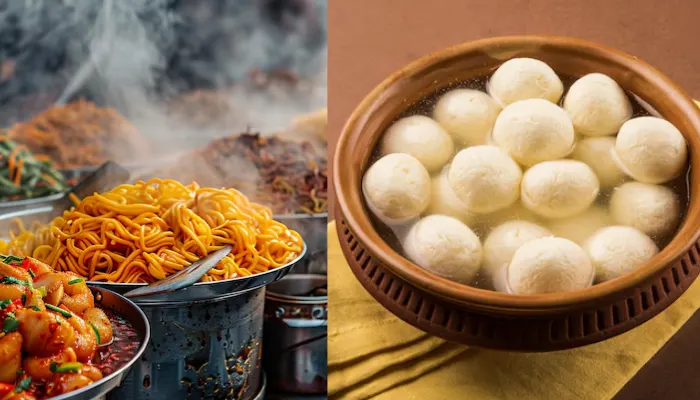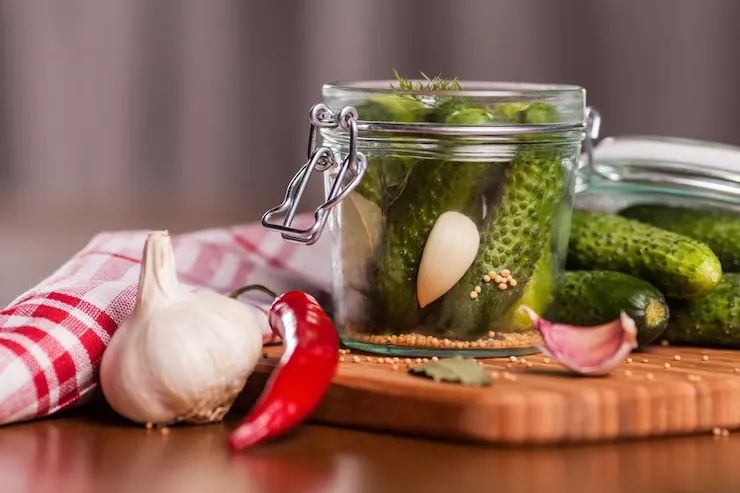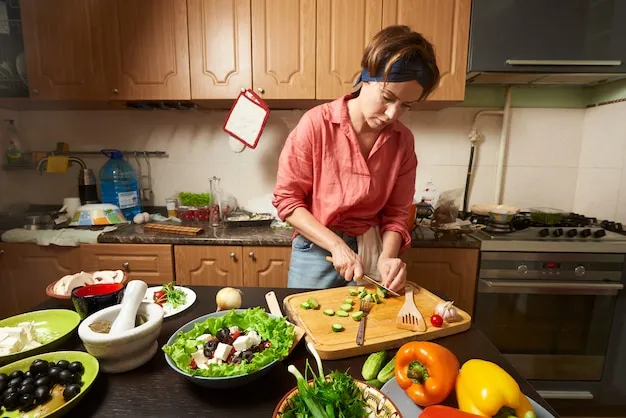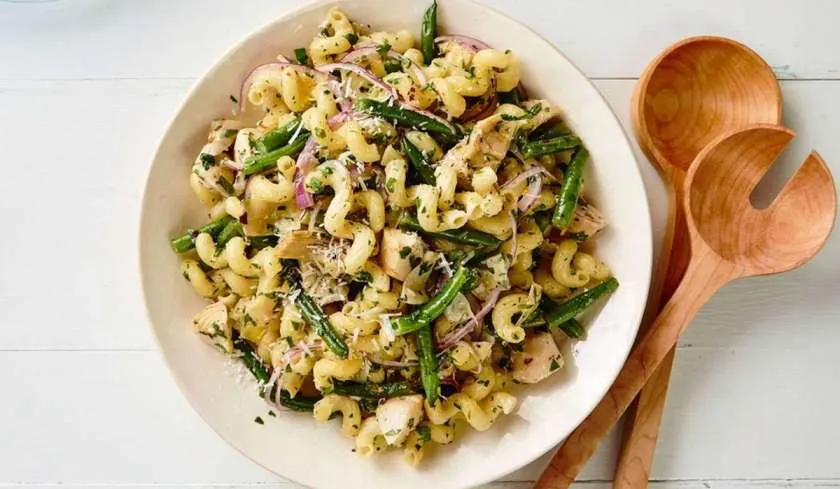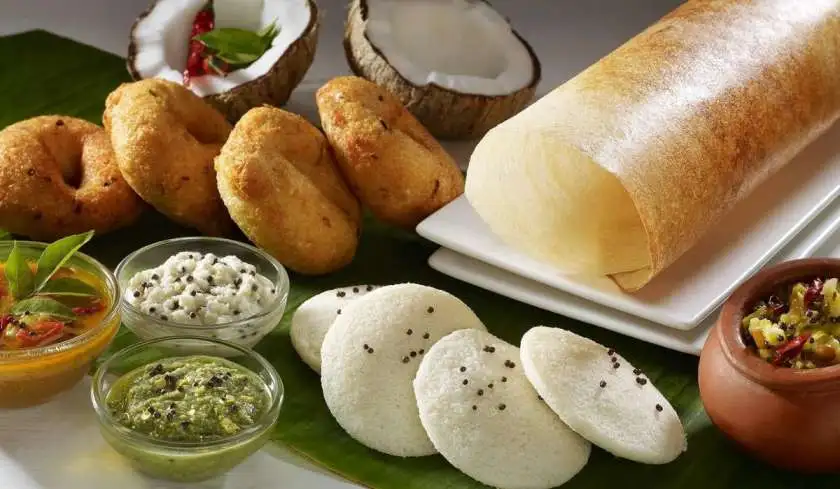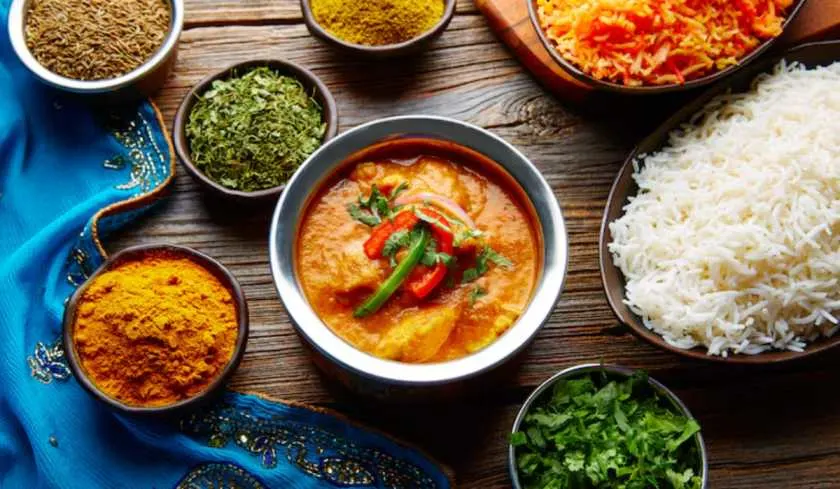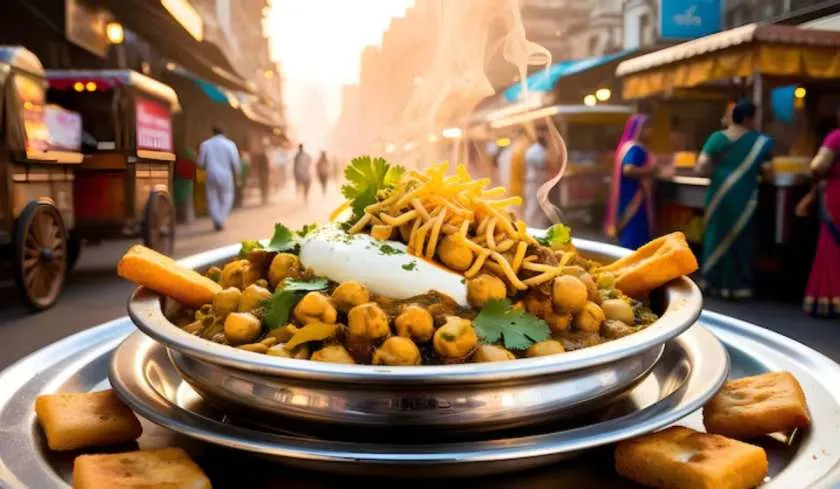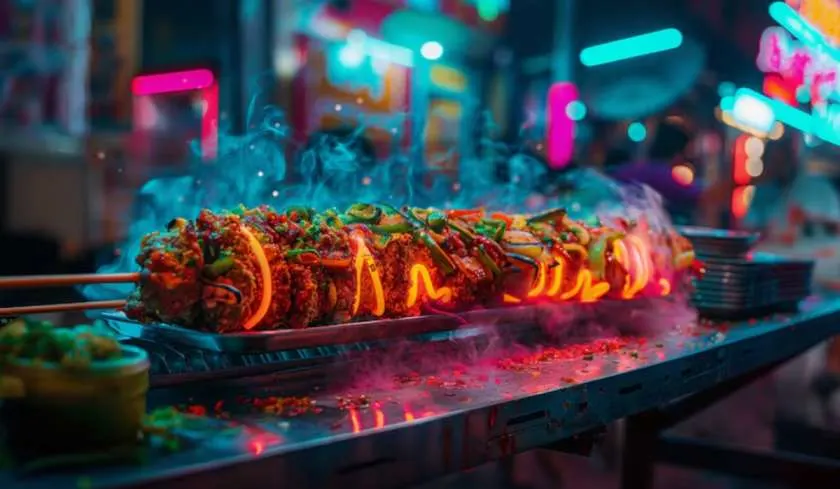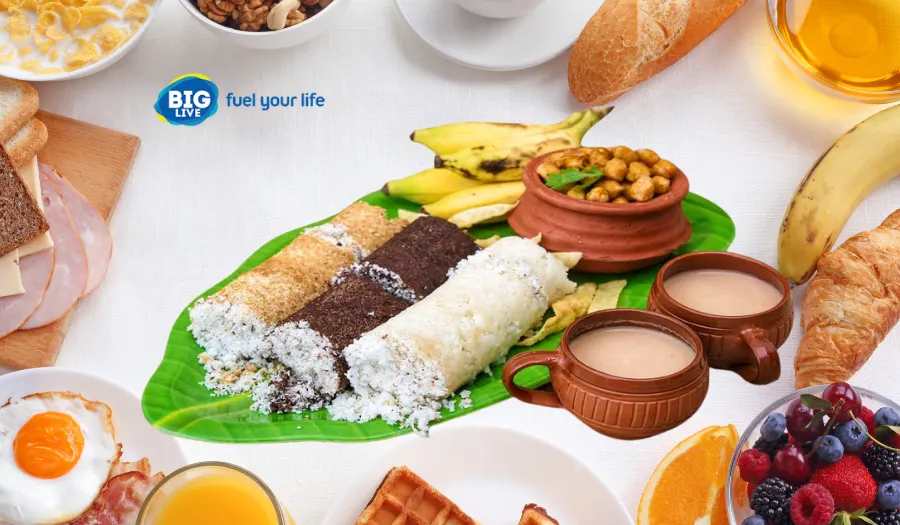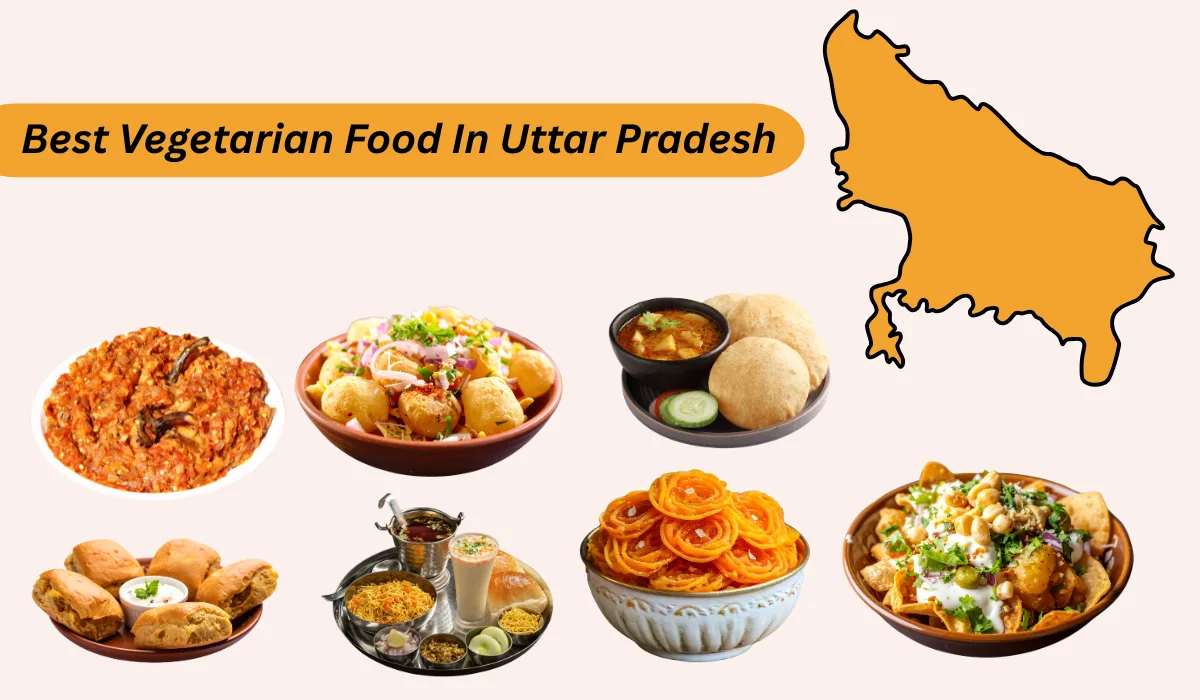A Sweet Beginning: The Rise of Rosogolla
Rosogolla. It’s a sweet ball dunked in sugar syrup. Velvety soft. A taste of innocence. It’s pure magic.
The legend goes like this. In the 19th century, Nabin Chandra Das introduced it in Kolkata. Soon, it became a household name. The white round cottagecheese balls soaked in syrup were irresistible. The city embraced them.
Why it matters: Rosogolla put Bengal on the map. It defined the idea of Bengali sweets. It also influenced future creations. Cham cham. Sandesh. Mishti doi. All followed in its footsteps. The sweet journey had begun.
Read More: Sunday Means Mutton: 5 Meals That Define a Bengali Week
More Than Sweet: The Other Classics
- Bengal’s street food isn’t just about sugar. It’s bold. It’s savory. It’s spicy. It’s tangy. It tells a full tale.
- Think fish fry, Small pieces of bhetki or rui. Marinated. Fried crisp at the roadside stall. Add chutney. It’s crunchy. It’s mouthwatering.
- Then, puchka. Also called pani puri. Bengali style. Crisp hollow shells. Filled with mashed potato. Tamarind water. A tangy zing.
- There’s also kathi roll. A signature. A Kolkata invention. It’s a paratha. Wrapped around juicy meat strips. Add onions. A dash of egg. A squeeze of chili sauce. It’s handheld bliss.
- Together, these delicacies set the stage. From sweets to snacks. From classic to fusion. That’s Bengal.
The Street Culture: Where Food Meets Life
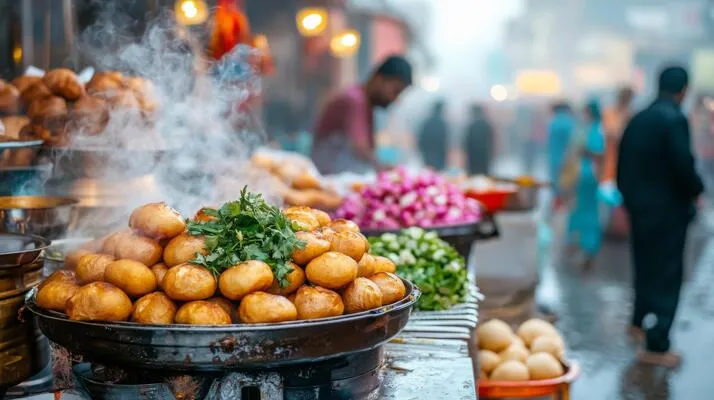
On the roads of Kolkata. The food stalls line up. From Burrabazar to New Market. The scent wafts through the air. People gather. They chat. They snack.
Street food is part of life. It’s not just food. It’s community. Walk down Park Street. You’ll find roll vendors lamps lit at night. Customers munching while standing. They talk. Laugh. Share.
The stalls open early in the morning. Some stay till late at night. You can grab rosogolla for breakfast. Then muri mixture for midday munch. At sundown, get jhal muri. It’s puffed rice with spices, onions, chilies, peanuts. Zesty and light.
In the evening, rolls and rolls appear. Chicken roll. Egg roll. Veg roll. Chicken changezi roll. The choices never end. The stories never stop.
Why Rosogolla Matters
Rosogolla is iconic. It’s more than just sugar balls. It’s a cultural emblem. Here’s why.
- It’s a local innovation. Unlike treats from other regions.
- It sparked identity. A Bengali sweet that stood apart.
- It inspired dozens of sweets. Sandesh. Ras malai. Patishapta.
- It became tourist fodder. Visitors hunt for the best roshogolla in town.
Transition to Spice: From Sweet to Snack
OK so you’ve had your sugar fix. Now what? Bengal switches gears. From sweet roshogolla to savory roll. That’s the journey. That’s the story.
Let’s follow that path. From dessert to hunger buster. From mellow sweetness to fiery kick. That shift defines Bengal’s street food narrative.
Kathi Roll: The Heart of Kolkata
Invented in the 1930s at Nizam’s on Park Street. Literally, kathi means a stick. Originally rolls were served on skewers. They had iron sticks spelled “kathi”. Hence the name.
Today, they are portable. Wrapped in paratha. Slices of juicy chicken, mutton, or paneer. Egg coating. Fresh onions. Spicy sauces. Grab one on the move.
Flavors vary by stall. Some spice up with schezwan sauce. Some keep it simple with homemade chutneys. Vegetarians can choose entirely veg versions. Paneer tikka roll. Vegetable roll. Even egg roll.
Rosogolla to Roll: A Tale of Two Roads
So we come full circle. On one road, you journey sweet. You taste roshogollas. You feel nostalgic. On the other road, you go savory. You bite rolls. You feel alive.
These two roads run side by side in Bengal. They meet at food stalls. They cross in neighbourhood lanes. They form a complete streetfood ecosystem.
You can start your day with rosogolla in a sweet shop. Lunch on fish fry and ilish bhaja. Evening snack of jhal muri. Dinner wrapped in a roll. It’s a day in the life of Bengal eating.
Hidden Gems: LesserKnown StreetFood Picks
Beyond roshogolla and roll.
Ghugni Chaat
Soaked dried yellow peas. Cooked with spices. Topped with chopped onions. Tamarind juice. Coriander. It’s spicy and tangy. A true staple.
Telebhaja
Local fritters. Pieces of vegetable or fish. Dipped in batter. Deepfried golden. Crunchy outside. Juicy inside.
Kochuri and Aloor Dom
White puris puffed like clouds. Filled with spiced potato curry. Called ‘dom’. You dip each bite into potato gravy. It’s heavy. It’s delicious. Perfect for breakfast or brunch.
Piadka/Pathode
Flattened rice batter. Laced with lentils. Fried to crisp. Served with mustard or tomato chutney. Unique texture. You won’t forget it.
Macher Chop
Fish croquette. Made with fish mash. Spiced with green chilli. Breaded. Deepfried. Found at local fishshops. Have it with ketchup or chutney.
These add variety to the famous. They fill the gaps between sugar and spice. They round the story.
Foodie Routes: Where to Explore
Every neighbourhood has its streetfood zones.
North Kolkata
The old parts. Streets under heritage buildings. Try radha ballavi, telebhaja, and ghugni. Hunt for oldest sweet shops. Try white rosogolla – different from syrupfilled version.
Central Kolkata (New Market, Burrabazar)
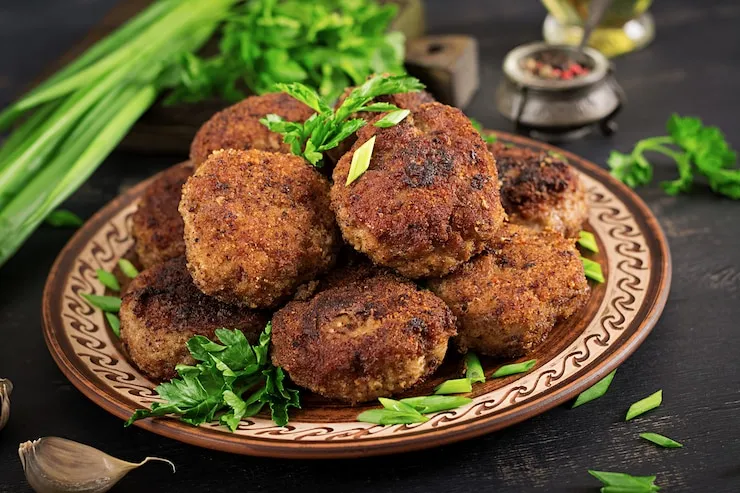
- Chaotic. Busy. Economic hub. Fish stalls. Hindu sweet shops. Muslim meat stalls. Pure streetfood paradise. Ghugni, luchi, keema roll, kabiraji cutlet.
- The kathi roll tradition is very prevalent in South Kolkata (Park Street, Gariahat).
- Also Puchka, ChineseBengali fusion, manchurian fry, indochinese rolls. End your night with rosogolla from 24hour sweet joints.
Howrah & Suburban Kolkata
Cross the river. You find kachori, aloo chop, chaur curry, til chiki, sandesh variants you won’t see downtown. ailway station stalls, local bakeries, teashops—all alive with flavour.
Seasonal Shifts: Festivals and Food
Bengal celebrates festivals, Food stories intertwine.
Durga Puja
The biggest festival. Streets throng. Food popups everywhere.
Diwali and Kali Puja
Sweets are king. Rosogolla, sandesh, ladoos, kheer chomchom. Not many roll stalls out during traditional puja nights, but sweets dominate. You’ll see long queues outside old sweet shops.
For the Bengali New Year, Poila Boishakh
People eat delicious food to start the year. Payesh, liquid mishti doi, jolbhora ilish, mishti panta. The streets serve festive versions of rosogolla and light snacks like muri and papri chaat. These seasonal variations bring fresh energy to the streetfood scene. The carousel of taste spins yearround.
The Evolution: Fusion and Modern Twists
Bengal’s street food is evolving. New spins. Fresh ideas.
Schezwan Rosogolla
Yes, it’s real. Savorysweet roshogolla flavoured with schezwan sauce. It’s fiery. It’s strange. It’s trending.
Paneer Kathi with Pesto
Combination of Bengali paratha and Italian sauce. Paneer strips with basil pesto. Unexpected. Delicious.
Jhal Muri Salad Bowl
Muri mixed with veggies. Served in bowls. With avocado, chickpeas, fresh lime. A lighter feel.
Dessert Rolls
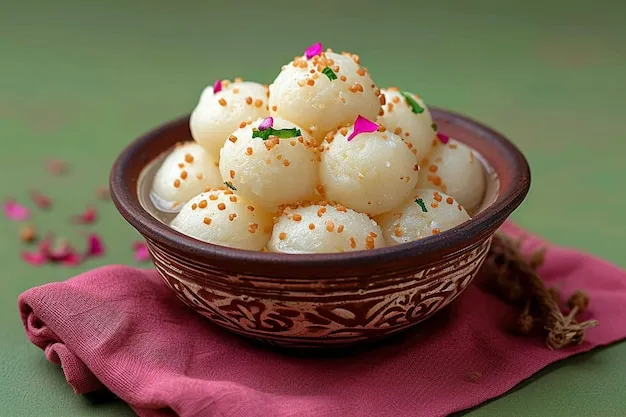
Rosogolla rolled in a sweet paratha. With grated coconut, pistachios. A dessert version of roll. Soft and crispy in one bite.
These modern twists keep the tradition alive. They cater to millennials and foodbloggers. They enrich the narrative from rosogolla to roll.
Health and Hygiene: A Candid Note
Street food is fun. But be mindful. Hygiene levels vary.
- Pick busy stalls. They have fast turnover.
- Look for fresh oil use.
- Choose boiled or steamed items over fried, when unsure.
- Carry hand sanitizer.
- Drink bottled water.
Healthy decision-makers skip highfat items. Choose from vegetable rolls, lighter rosogolla, puchka with clean water stall, muri combination, or cultured mishti doi. This helps spread awareness without dampening the joy.
Stories from the Street: Real Voices
- Local vendors make the magic. They have stories.
- “I started with one kettle of syrup. Now I’ve three.” — a rosogolla vendor in North Kolkata.
- “My father began this roll stall on Park Street in 1950. I’m the third generation.” — a kathi roll seller.
- A daily labourer shared, “I eat fish fry with muri. It gives me the energy.” These voices add authenticity.
- Adding quotes and miniprofiles boosts SEO value. People love personal narratives. Readers stay longer. Engagement improves. That helps search engines.
Planning Your Food Crawl: Itinerary
Let’s outline a oneday streetfood crawl.
Morning
- Start with mishti doi or roshogolla at a classic sweet shop in North Kolkata.
- Grab telebhaja from a roadside stall. A cup of hot tea.
- Walk to the fish market area. Try fresh fish fry or ilish bhaja.
Midday
- Try local chaats – ghugni, kachori, puffed rice mix.
- Cool down with misti doi or chilled rosogolla.
Afternoon
- Chicken, mutton, paneer – your pick.
- Have a puchka session in the afternoon, small round crispy balls dunked in spiced water.
Evening
- Get jhal muri on a busy corner. Add peanuts, onions, chilies.
- Try a macher chop or kabiraji cutlet as bitesized treats.
- Finish with a sweet – rosogolla or sandesh before nightfall.
Night
- End at a latenight roll stall. Try fusion rolls or garlic egg rolls.
- Wash it down with tea or mishti doi to go.
This itinerary covers sweet to savory. Traditional to fusion. Local to modern. It’s all of Bengal’s streetfood story in one route.
Why It Works: The Emotional Connection
- Street food is nostalgic. It’s memory food. It evokes childhood. Festivals. Latenight chats with friends.
- Rosogolla evokes celebration. Rolls evoke busy nights. Muri evokes budgetfriendly snacking. Fish fry brings comfort.
- It's a mood shift. Moment shifts. Emotion shifts.
- That emotional pattern is powerful. It keeps readers engaged. They imagine. They crave. They plan their own food visits.
Challenges and Preservation
- Fast food culture impacts tradition. Some old sweet shops are fading. Hygiene rules push vendors away. Gentrification clears alleys.
- Still, local initiatives help. Food walks. Heritage trails. Documentary films on streetfood vendors. Visiting local sweet factories. These preserve stories. They keep legacy alive.
- Blog posts with local flavor help too. Share vendor stories. Upload images. Connect with foodjournalism groups.
- You’re not just writing. You’re documenting. That’s valuable.
Read Also: Bhatura Recipe Without Baking Soda: A Fluffy Delight the Natural Way
Future Flavors: What’s Next?
What’s next on the streetfood horizon?
- Vegan versions: Plantbased rolls, dairyfree sweets.
- Healthier snacks: Baked telebhaja, milletbased khichuri mix.
- Frozen readytogo sweets: Packaged roshogolla for distant audiences.
- Interactive stalls: Buildyourown roll stands, sweetmaking demo zones.
- Foodtech themes: QRmenus, digital payment stalls, hygiene certifications.
These trends merge tradition ith technology. They maintain the vibe. They extend reach. They add a new chapter to Bengal’s street food story.
Recap: From Rosogolla to Roll
Let’s recap in short:
- Rosogolla started a sweet revolution.
- Bengali street food expands beyond sweets.
- Kathi roll became a signature savory delight.
- Local stalls across Kolkata serve these stories.
- The landscape is enhanced by undiscovered treasures like ghugni, telebhaja, and marcha chop.
- Seasonal festivals add food vibrancy.
- Fusion trends bring new twists.
- Health, preservation, evolution shape the future.
The phrase From Rosogolla to Roll: Bengal’s Street Food Story captures all that. It’s perfect for titles, intros, and to frame the narrative.
Final Bite: Why It Matters
Bengal’s street food is culture on a plate. It is identity. It is an emotion. It is comfort and innovation. This article—From Rosogolla to Roll: Bengal’s Street Food Story—is your guide. Whether you’re planning a food crawl, writing a blog, or just curious.
Be casual. Be curious. Be hungry for more. Now, next time you see a roshogolla or pass a roll stall, you know the story behind it. You know the journey. You know the heart of Bengal’s streets. Time to taste it yourself.



